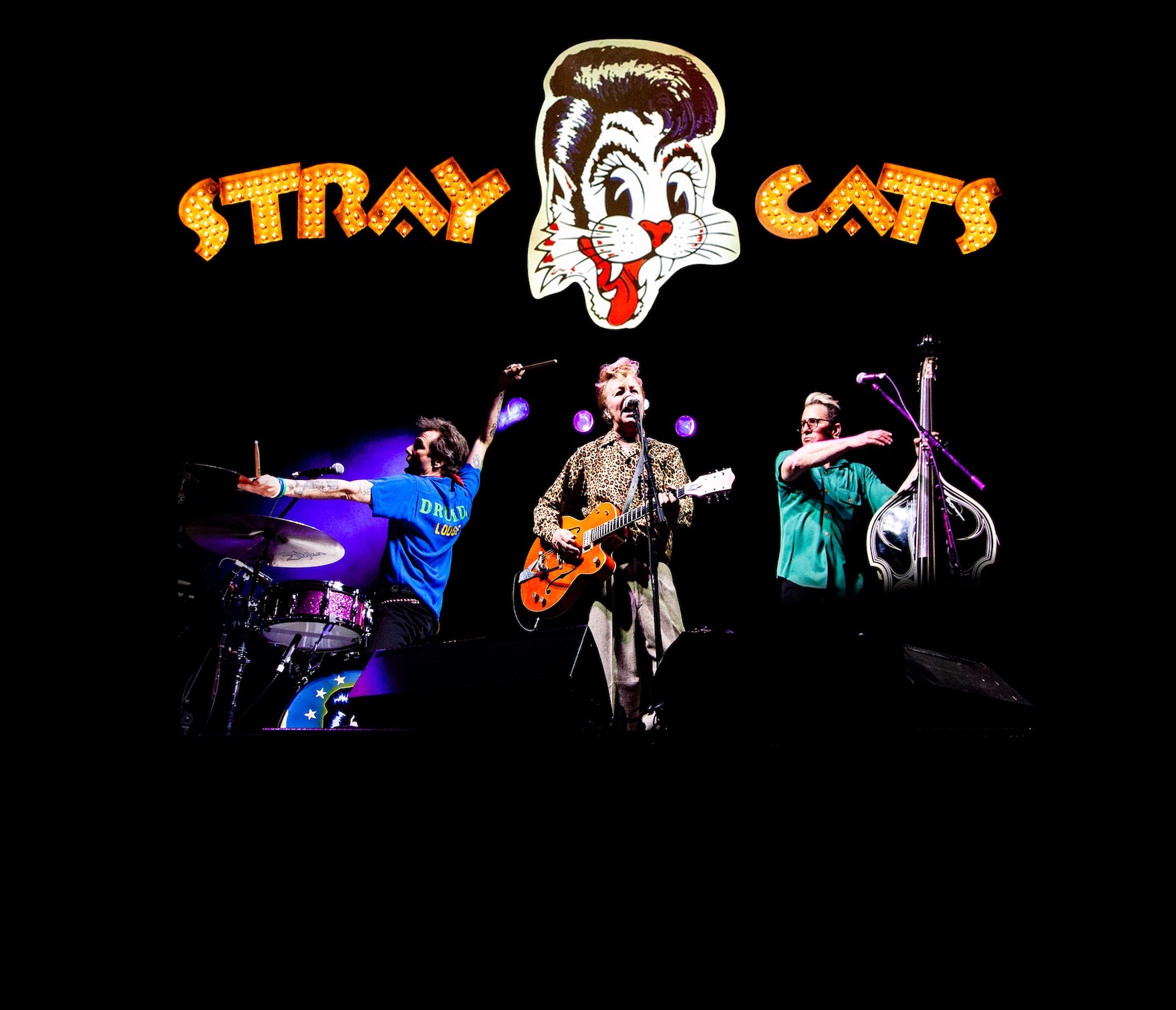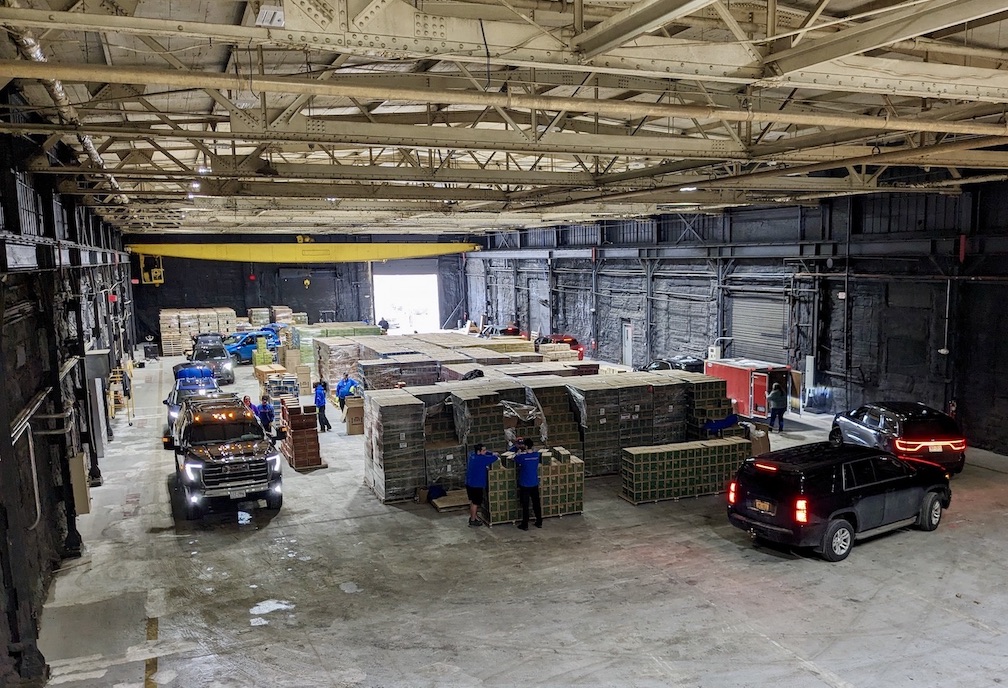Featured News - Current News - Archived News - News Categories
Story and photo by Susan Mikula Campbell
"I feel like 20 pounds lighter!" the tired but happy Niagara-Wheatfield School District Superintendent Dr. Lynn Fusco exclaimed Tuesday night.
Unofficial results had just been announced that voters approved the $64.6 million N-W budget for 2014-15 by a vote of 2,559 to 1,528, despite an expected 4.78 percent increase in the tax levy (right at the district's tax cap). The new superintendent's budget passed on her first try, after proposals for the last several years had been turned down.
Voter turnout during the day had been good, with a total of 4,185 votes cast in a school district that has been battling financial problems and cutting programs and teachers.
"All I can say is good things happen when a community comes together," Fusco said, noting that parents, teachers and staff members had turned out in force to vote.
Ahead is the difficult part, she said: Continuing to plan for the future and working for change on educational funding and mandates on the state level.
Despite the tax levy increase, the budget included about $1.4 million in cuts and changes, among them the loss of some elementary teachers, which will increase class sizes, and changes in the music and interscholastic sports programs.
"There's nothing left to cut," said board member Christopher Peters, adding that this budget probably was the hardest of the three he has worked on.
Peters, who is completing his first term on the board, won re-election with a vote of 1,762 for one of the three seats open on the board.
Also winning three-year terms were newcomers Gina Terbot with 1,769 votes and Darren Sneed with 1,706 votes.
Failing to garner enough votes were incumbent Richard Halleen with 1,515 votes and newcomers Daniel Haick with 1,526 votes and Dana Andrews with 1,299 votes.
"We have the right warriors in place on the board," Terbot said, adding, "Now we work on bringing unity."
Sneed, whose young granddaughter was waiting at home with celebratory Play-Doh cookies, also said his first duty will be to understand both the board's vision and the community's vision for the future "so we can all work in the same direction."
"We've got to get to work advocating for more educational funding," he said.
N-W voters also passed 2,353 to 1,433 the Proposition 2 referendum on the ballot, which establishes a reserve fund for financing acquisition of school buses and transportation vehicles plus improvements at transportation-related buildings.
N-W wasn't alone in winning budget approval.
New York state voters approved 98.3 percent of school district budgets on Tuesday, according to an analysis by the New York State School Boards Association.
Initial statewide results gathered by NYSSBA indicate voters passed 652 school district budgets. The number of budgets defeated was 11. NYSSBA was still awaiting results for 13 districts.
In the third year of the state's property tax cap, 645 districts (97 percent) proposed budgets with tax levies that were within their caps and required only a simple majority to pass. Of those districts, 99.5 percent saw their budgets pass.
Twenty-four districts (3 percent) had budgets with tax levies that exceeded the cap and required a 60 percent "supermajority" to pass. Of those districts, 65 percent saw their budgets pass, with one district too close to call.
The average budget passage rate since 1969 is 84.5 percent. More recently, the average passage rate for the last five years was 95 percent.
Schools statewide proposed an average tax levy increase of 1.98 percent for 2014-15, equal to the average statewide tax levy limit.
The average proposed spending increase for the 2014 school year is 2.6 percent. This year's increase was driven in large part by increases in school district pension and health care costs.





























